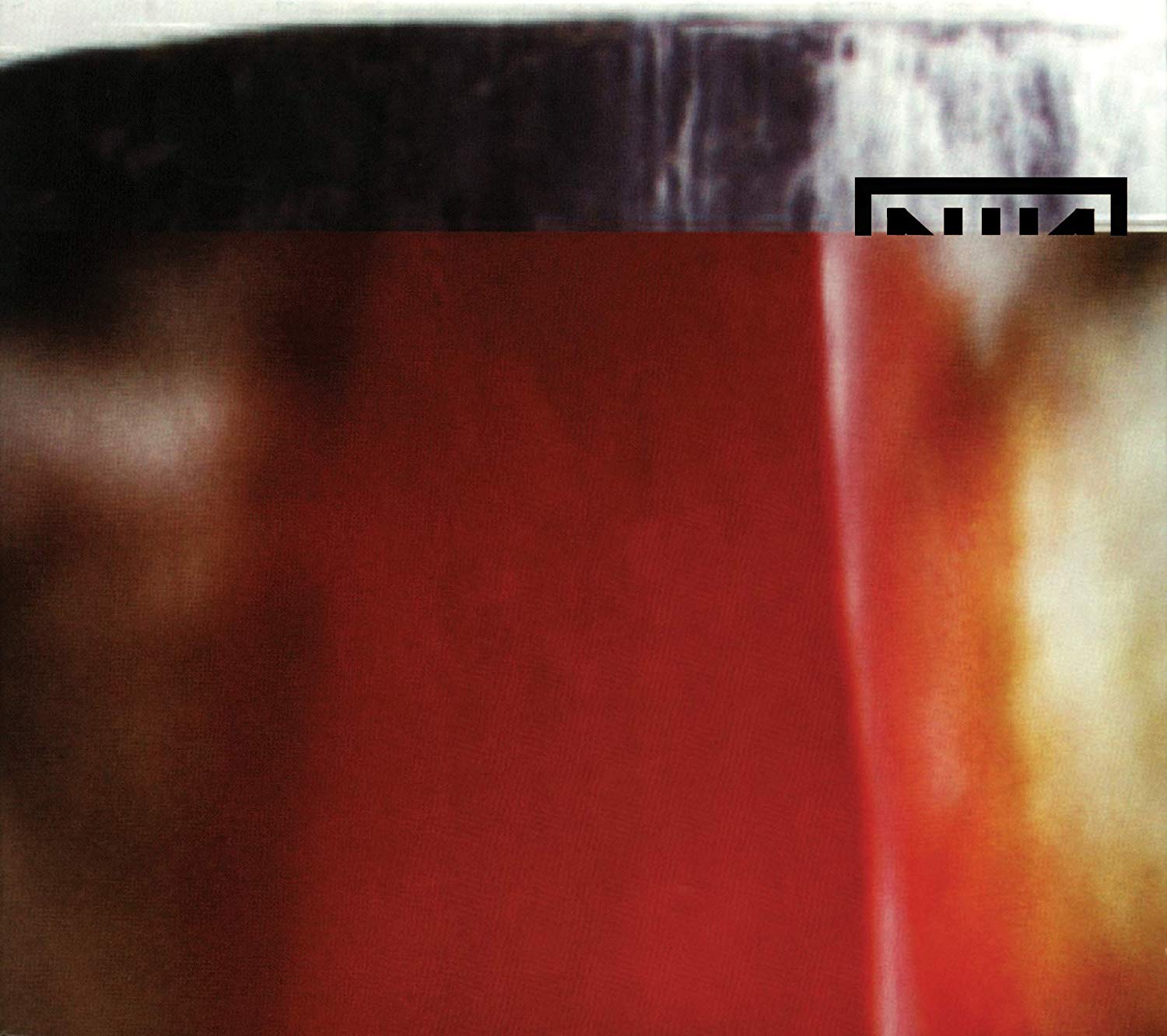In honor of Nine Inch Nails’ The Fragile turning 20 on September 21, 2019, we’re republishing our review of the double album. This piece originally ran in the November 1999 issue of SPIN.
RATING: 9 out of 10
We’re all building a Winchester Mystery House inside our heads. The brain is like that famous haunted Victorian mansion, in which a gun-company heiress tried to drown out the wails of her fortune’s victims by endlessly constructing staircases that led nowhere and entryways that opened onto walls. Behind perception’s doors, hopes and excuses bang and clang—distractions from undead anxieties. But the ghosts keep coming. Some of us never do get used to the noise.
RELATED: The Shadow of Death — SPIN’s 2005 Nine Inch Nails Cover Story

Also Read
NIN’s The Downward Spiral at 30
Trent Reznor is obsessed with his own mental architecture projects, a pre-occupation that would grow dull as a narcissist’s monologue if he weren’t so good at universalizing it through sound. The Fragile is his epic portrayal of the endless, aimless inner din. Because he’s an artist, he feels compelled to make sense and beauty of it. Because he is a rock star when he calls himself Nine Inch Nails, he does so with hooks and drama, so that even a casual passerby will stop at his gaudy gate and want to walk in.
A half hour longer than most horror movies, offering no pause for breath between its intricate, echoing tracks, the two-CD The Fragile is a good old-fashioned strap-on-your-headphones experience. It might be called a concept album, except Reznor is too self-possessed to need such affectations. Besides, a tight formal frame would tie him too closely to one genre—the art rock of King Crimson and Roxy Music, his classic inspirations, or the rhythmic symphonettes of electronica artists such as Autechre and Squarepusher, current crushes now signed to his Nothing Records.
The Fragile borrows details from those styles, interpolating them with funk bass lines, North African minor-key modalities, and the floating tones of Symbolist composers like Debussy. For the fans, there’s also plenty of guitar-generated, mechanically enhanced crunch.
The obvious entryways into The Fragile are songs like the almost parodically blustery “The Big Come Down” and “We’re in This Together,” the album’s first single, a sweet pop tune encased within the armor of industrial rock. Such barnstormers let Reznor scream until the veins bulge on his neck, indulging in the tantrums that are his usual way of drowning out those ghosts. If Reznor had released one disc full of them, he would have had an easy hit to promote, and a disappointing record to think about.
A protracted battle with writer’s block meant that such laziness wasn’t really an option; Reznor had more to prove to himself. Luckily, isolation and the struggle to communicate are his great subjects, and so even when his agonized lyrics get repetitive, the smothered mood seems deliberate. He manages to tweak the formulas he does cart out, giving the finger to the white hip-hop crowd in “Where Is Everybody?” and pulling out some Mick Ronson-style glam guitar for “The Wretched.”
Better yet are the diatribes apparently directed at his erstwhile pal, Marilyn Manson, “No, You Don’t” and “Starfuckers Inc.” These are The Fragile‘s most unhibited moments—with a clear target for his fury, Reznor feels free to be bratty about it. He even quotes Carly Simon’s “You’re So Vain,” casting Manson as Warren Beatty (or Mick Jagger’) in red eyeliner.
RELATED: Nine Inches of Love — SPIN’s 1992 Nine Inch Nails Cover Story
Catharsis is fun, but it doesn’t satisfy Reznor, and The Fragile gets more interesting when the climaxes fade. Reznor’s few collaborators here are masters of space and sustain; working with them, he finds meaning, if not joy, in repetition. Adrian Belew, who brought humanity to looped guitar in King Crimson, shows up on several tracks, and sometime Ministry drummer Bill Rieflin lends a deft touch to the misty “La Mer.” Engineer and co-producer Alan Moulder, known for his groundbreaking work with My Bloody Valentine, who also helped Billy Corgan and U2 build their own spooky castles, makes sure each track has room for its errant themes to clearly develop and interact.
Electronica it’s not: Most of the sounds here were first produced on conventional instruments (the first disc begins with an acoustic guitar strum, a sound that returns at various points) then manipulated. Even the digitized drumbeats are sequenced and filtered so that each whack is distinct.
Reznor mines this musical warmth not for comfort but for anxiety, using the circular structures of pop to evoke a troubled mind. The album’s periodic instrumentals reinforce anguish by being almost danceable, but ultimately bothering the brain instead of moving the body. When he’s not shouting, Reznor finds subtler ways to sound bothered. “On my way and I can’t turn back,” he mutters in “Even Deeper,” a song cowritten by the guitarist Danny Lohner, as a drum’n’bass-style undertow pulls him onward. By the song’s end, the lyric has changed to “lost my way”—he’s going around in circles, seeing the same damn landmarks but afraid to stop and rest.This fearful lack of resolution represents the creative process, which is no lark for our hero, despite (or maybe because of) his overactive imagination.
He’s not alone in that noggin; he’s got a muse and a monster in there, too. The Fragile follows their tragic interactions in a vague storyline that blends The Phantom of the Opera with Frankenstein. By the end we have a dead muse, a loose monster, and a very unhappy creator. Of course, that’s where the story begins, too—Reznor signals his awareness that this is all his paranoid fantasy by identifying with Icarus, mythology’s sun-touching egotist, early on.
Despite the futility, Reznor moves on to confront the beast who betrays him (could be Manson, could be his music) and love and lose his elusive darling (might be his recently deceased grandmother, a lover, or, again, his music—at any rate, Denise Milfort’s spoken vocal on “La Mer” reveals that she’s French). He tries to leap into an ocean of sound and end it all, but a breakbeat throws him back on shore. The cycle continues ad nauseam, finally collapsing into the instrumental “Ripe (With Decay).” Shards of sound—another strummed guitar, a mournful mandolin, random static, muffled voices, an ear-piercing synthesizer loop—collide and then cut off bluntly, unresolved.
Reznor knows that a star’s torment makes for tired drama. That’s one reason why he twists his music so much, to make sure unraveling it becomes the same obsessive game for the listener that making it is for him. The Fragile offers no insights into how people survive the assault of their own thoughts, but such wisdom has no place within Reznor’s compositions. He lives to be haunted. We’re lucky he keeps hammering away inside that unquiet mind.




